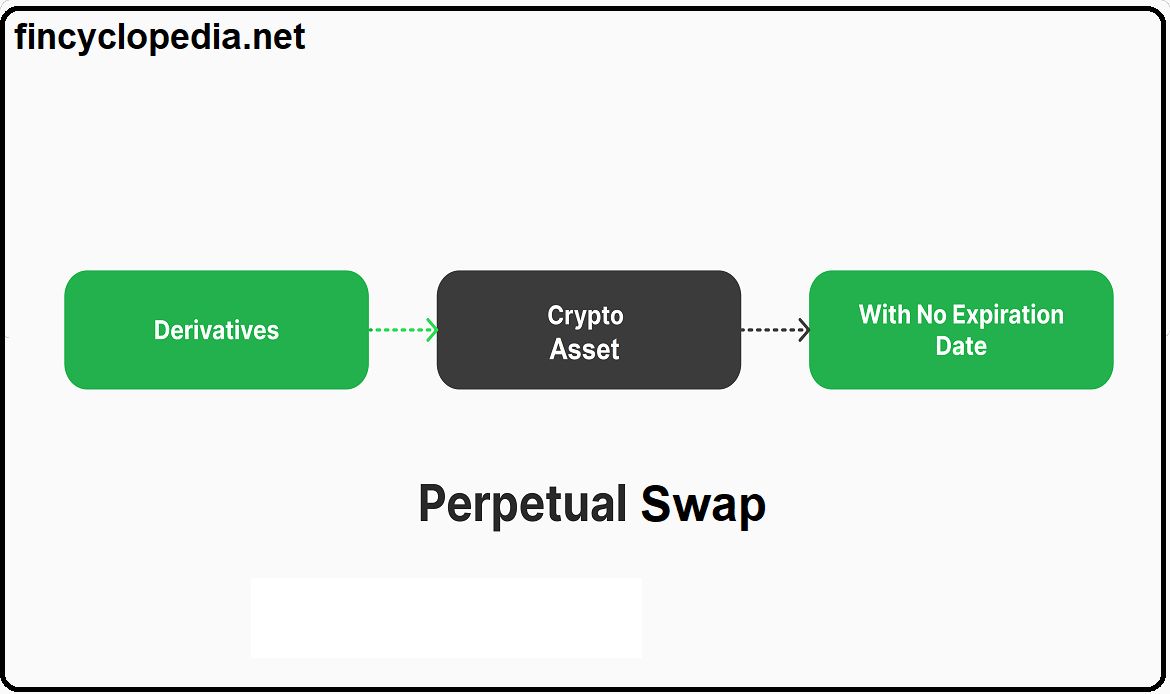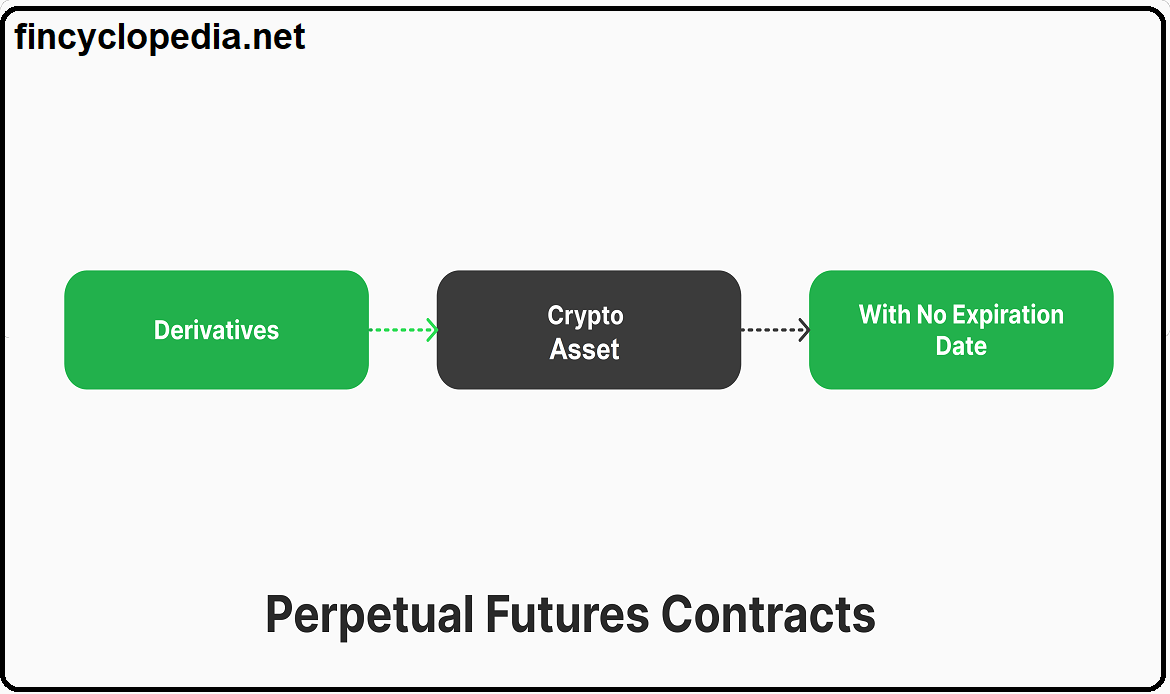With respect to option contracts and other types of derivatives, it refers to the feature allowing the holder (the long) to exercise the contract using the most favorable terms achieved during a time window (known as the partial lookback period) over the contract’s life. For example, in a partial lookback option the holder can exercise the option using the best price that has been reached during the partial lookback period.
In the case of a lookback call on an index, the holder would receive, at expiration, the difference between the strike price and the highest price the index has reached during lookback period. Therefore, the value (i.e., the premium) of a partial lookback option is equal to, or higher than, that of a standard American option (vanilla American option). The larger the underlying volatility, the more valuable the partial lookback feature, and hence the greater the partial lookback premium (the difference in value between the partial lookback option and the vanilla option).





